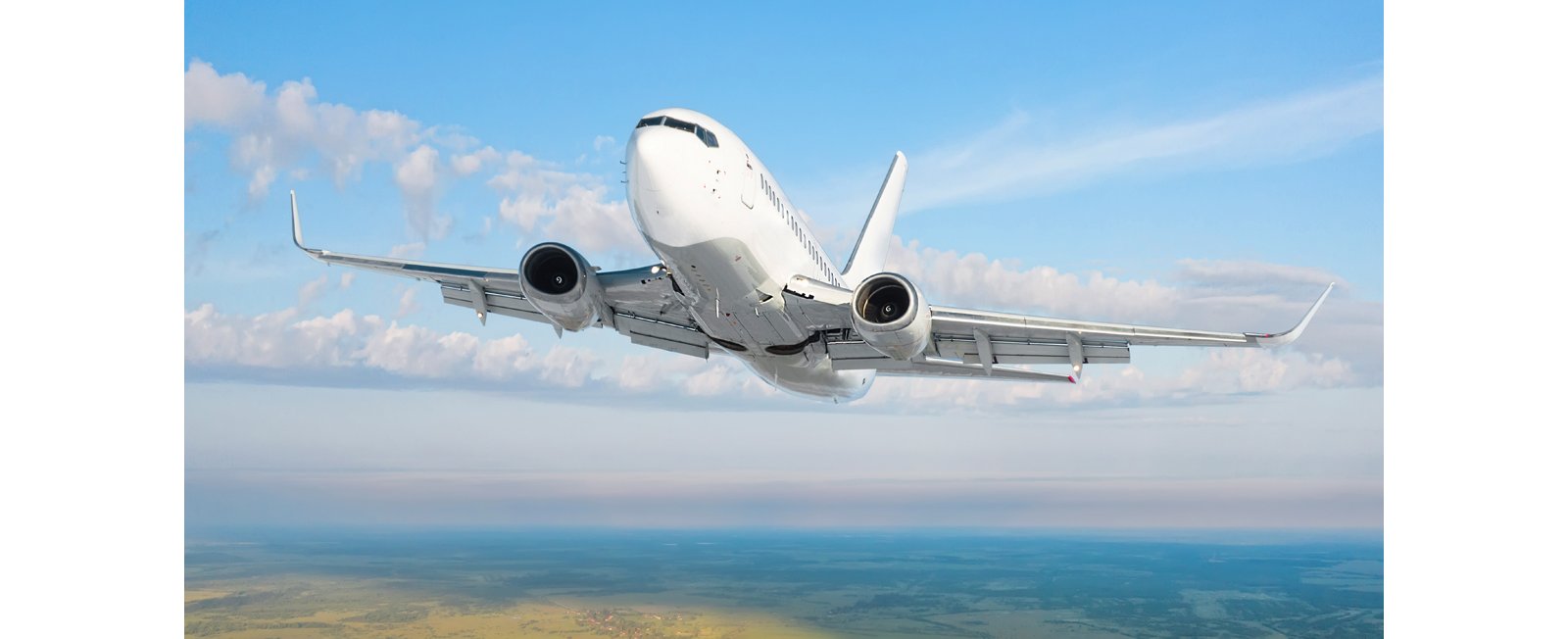The airline industry will be put to the test this summer. Fueled by a collective revenge travel1 mentality, travelers are ready to take to the skies en masse. In the coming months—after three years that began with an almost overnight collapse in demand, followed by unprecedented volatility—global air traffic is expected to close in on pre-pandemic levels.2 Only airlines that have spent the intervening time investing in technology enablement and operational agility will be up to the task.
Today, airline industry leaders face several, interconnected challenges. On the one hand, the staffing shortages that arose as a direct result of the pandemic persist today.3 At the same time, customer expectations are likely to be higher than ever from the past few years of disappointment due to reduced flight options and delayed vacations.
The stakes are high, with the trust of these travelers—and therefore their loyalty—on the line.
As an aviation executive with 30+ years of experience, every day I work with a team of colleagues who are as passionate and informed as I am about the business. Here’s how we predict this summer’s forerunners will soar above the rest:
Invested in a modern mainframe
Airlines thinking about how best to optimize their workloads with a hyperscaler have big questions to address. AWS, Microsoft, and Google bring different advantages and approaches to the table, and airlines must determine which hyperscaler or combination of hyperscalers is best for their unique needs.
Moreover, it's no great secret that the aviation industry has historically cut corners on funding for infrastructure as it relates to technical debt.4 These patterns of underinvestment only worsened during the pandemic. Many airlines’ priorities for the past couple years have been focused, naturally and out of necessity, on the safety of customers and employees first—closely followed by cost reduction in the face of countless waves of lockdowns and constrained travel restrictions. In other words, innovation and acceleration have often been put on the back burner.
And the cracks are starting to show. Many of these same airlines continue to run their mission-critical systems on mainframe technology that has reached end-of-life status—as well as end-of-service and end-of-support. While it may not result in operational mishaps in the short term, this reality does present a growing threat of system outages in the near future—and with them, disruptions, cancellations, and loss of business.
When a customer buys an airline ticket, it represents a contract and a commitment to transport them from origin to destination. If an airline cannot deliver on this commitment—especially for a long-awaited trip or vacation—the customer will switch to other, more dependable brands or else take to social media to give air to their negative experience.
The airlines that win this summer will be those with IT leaders who have made conscious decisions about their technical debt and legacy systems—in other words, businesses that have put together a real roadmap for IT hardware and software refresh and modernization plans, with a focus on end-of-life hardware and aligning the right workloads with the right platform.
A modernized mainframe may sound like the least sexy differentiator, but it is also one of the most critical.



